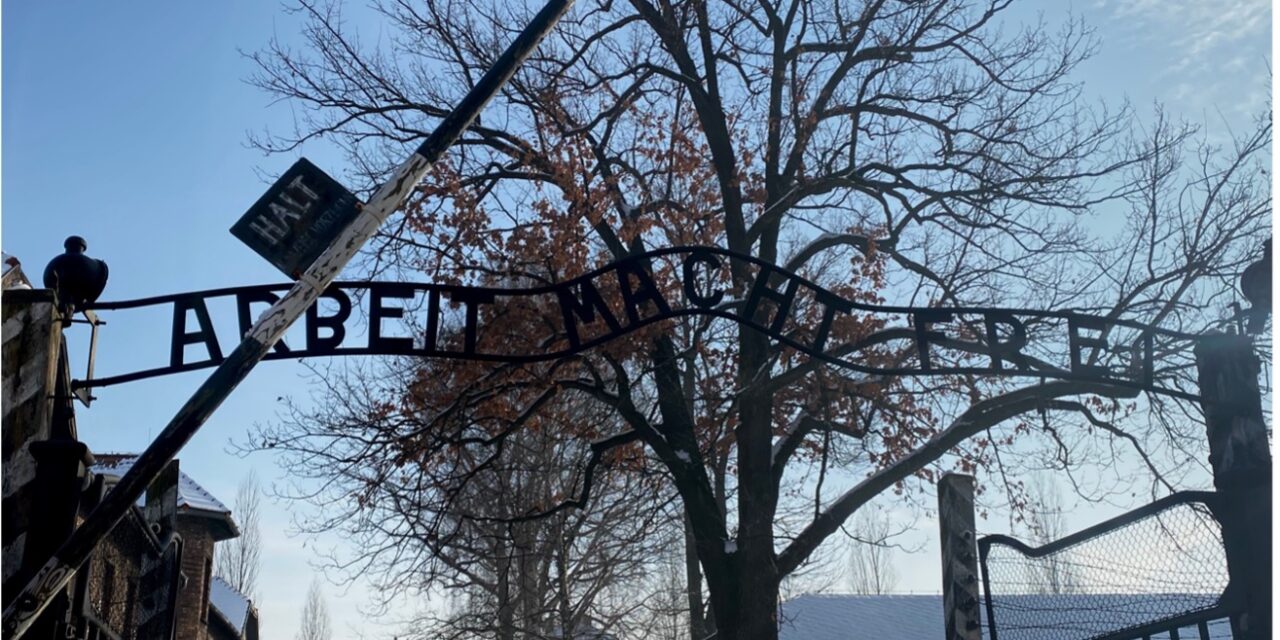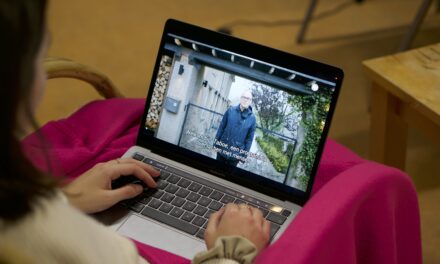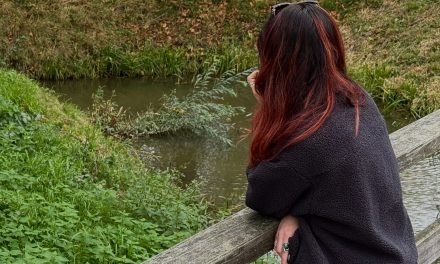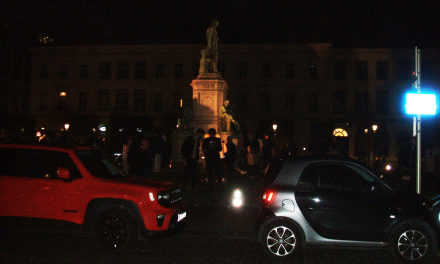How the most symbolic horror spot of the holocaust has become a centre of knowledge, introspection, and the will to eradicate genocide.
Concentration and extermination camp got liberated after almost five horrific years of torture, humiliation, and the responsibility of the deaths of millions of people. Later, the 27th of January, became the national holocaust Remembrance Day; a day not only to remember what happened during the holocaust, but also a reminder too never let this happen again.

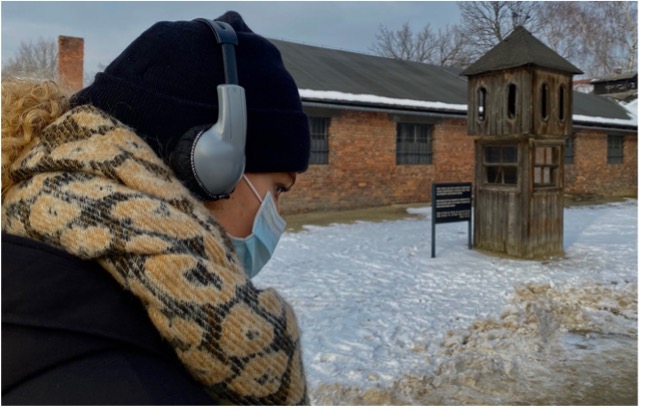
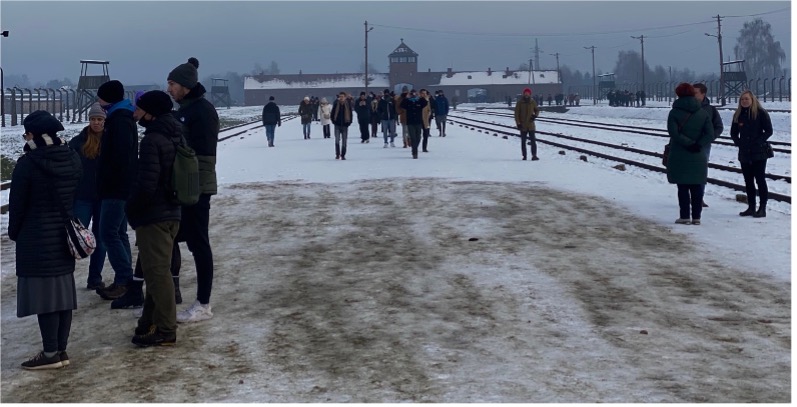
As you can see here, a lot of the Auschwitz-Birkenau concentration and extermination camp is still intact as today. Pictures taken by: Kim van der Klift
And there he was, Hitler. A leader with amazing speaking power, a leader who was able to get Germany out of his ashes, by bringing the economy back to life. But also, a man who got rid of the ‘people’ that brought the Aryan at their lowest point. He got so many supporters because more people wanted to get rid of the humiliation the Jews (the treaty) had cost, and enlarge their land again, for their much needed ‘lebensraum’ . The book Western Civilization explains that in 1936 Hitler started to annex regions of neighboring countries, but England nor the French didn’t do a thing about it. When Hitler thought of invading Poland, he had to deal with a war on two fronts, something he didn’t want. To solve that problem Hitler made a pact with Stalin, called the Molotov-Ribbentoppact. This was, for the public eyes, a non-aggression pact between Nazi Germany and the SU. “But as became clear in 1988 this pact was also about dividing Poland and some other countries between Nazi Germany and the SU’’, writes Western Civilization.
So, Nazi Germany invaded Poland, a country with a lot of Jews and a country where Hitler also had made a non-aggression pact with since 1934. Nevertheless, for Hitler this pact seemed unexcitable. Without any hesitations and with an enormous amount of speed (blitzkrieg), Nazi Germany invaded Poland and made them capitulate on the second of October 1939, one month after the invasion.
And no, Hitler didn’t stop there as we know now, this was just the beginning. At first it wasn’t the plan to kill people who weren’t Aryan, they just had to make space. Jews were brought together and had to live in the Warsaw and Krakow ghettos. We can’t say that no one died during this time, that would be a lie. The SS killed all kind of people on the streets, and thereby created the feeling that just walking on the streets, like we do every day was a dangerous sport. In 1941, the ghettos became fuller and fuller, and a solution had to be made. First, there were events in which ghetto residents were shot. This was done by the einsatzgruppen. Nevertheless, Heinrich Himmler, leader of the SS, concluded in 1943 that it was “unhuman for the einsatzgruppen to kill people this way, so they stopped.” But he also mentioned that “every Jew had to die so that no Jews will remain to take revenge on our sons and grandsons.”
The shooting, nor the ghettos worked and that’s why in the end Auschwitz became important as extermination and concentration camp. “It was a place where people all over Europe went too’’, mentioned Mr. Sawicki. The first prisoners came in 1940, and in 1942 the majority in Auschwitz hostages were Jews. There were so many prisoners that Auschwitz had to expand. And just like that, in 1941 Birkanau, and later in 1942 Monowitz as well, became part of Auschwitz explained tour guide Ms. Kowalski.
Living in these camps became worse when in 1942 during the Wannsee conference the ‘endlosing’ was being approved; an answer to the Jewish question answered by Reinhard Heydrich, chief of the Reich Security Main Office. When the Jews, and other minorities arrived (you can see the exact numbers in the diagram below),the Nazis would select between the strong and the weak people which meant that most of the women and children ended in the gas chambers. Those people had to say goodbye to their husband and fathers, to take their belongings with them, and walk their last hundred meters to the gas chambers. Where they were being killed with poisonous called zyklon B.
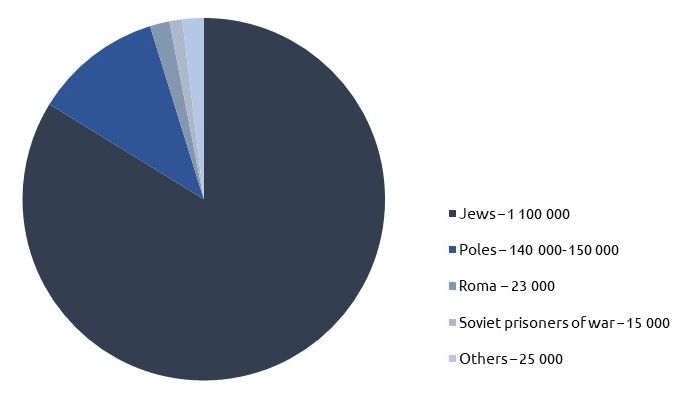
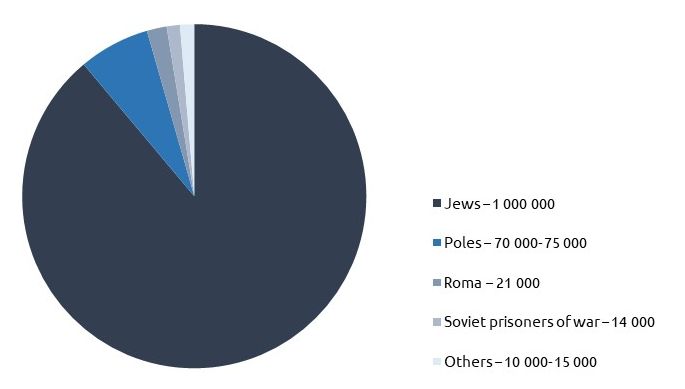
These diagrams show you the exact numbers of people that went to (1), and died (2) in the Auschwitz-Birkenau extermination and concentration camp. Source: Research Center A-BSM
After the war, the UN was founded. They made laws like the Universal Declaration of Human Rights, so we never had to relive the holocaust. Nevertheless, mass killings never stopped in some countries where the Intolerance of others underlies these cruelties. Auschwitz-Birkenau got liberated on the 27th of January 1945. Later, it became a museum to show people what happened. Next year there will be an option to be guided online, in this way you can learn something about Auschwitz without going there. Going to Auschwitz has a transformable power. They can’t change the world, but they can change individuals and that is what they are trying to do. They try to make people feel uncomfortable, so afterwards they think about their own behavior in society, and hopefully when needed, change it.
